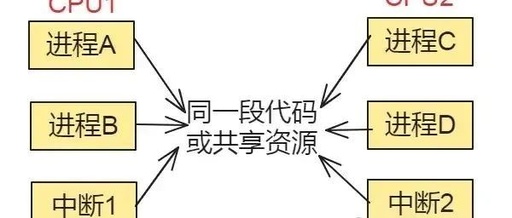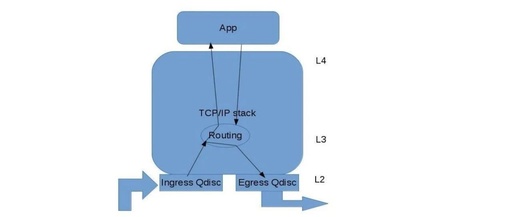Linux Security: Easily Scan Your Servers for Rootkits
Open-source tools like Linux Malware Detect and Chkrootkit can alert you to unwanted visitors on your server. Translated from “Linux Security: Scan Your Servers for Rootkits With Ease” by Jack Wallen. Linux is one of the most secure operating systems on the planet. However, nothing is absolutely secure, and if a server is connected to … Read more









